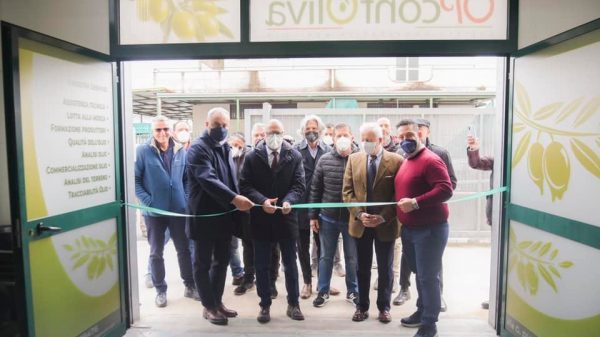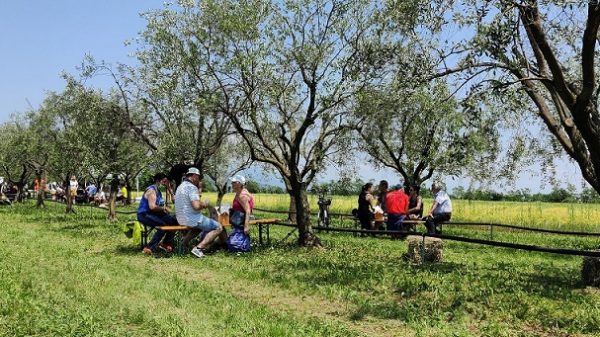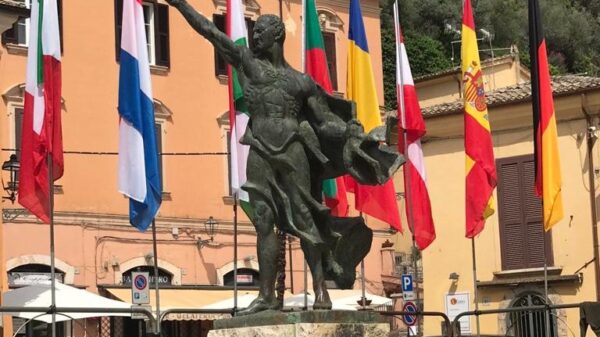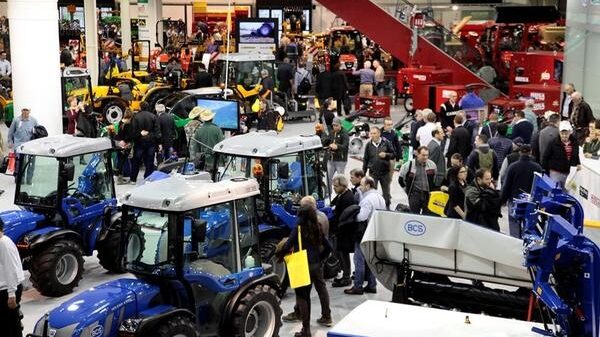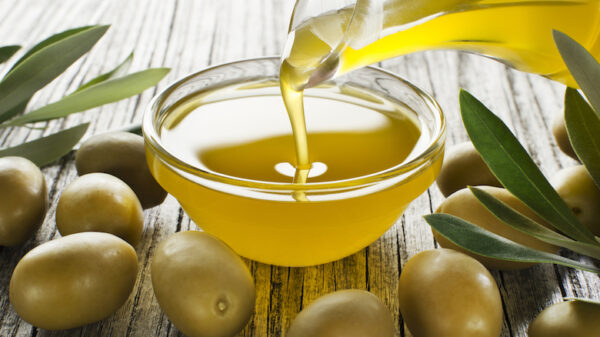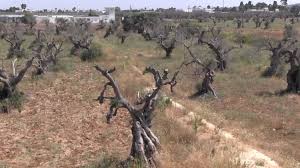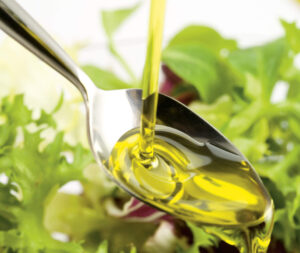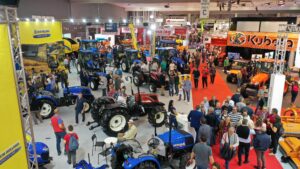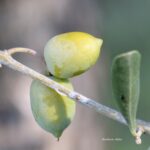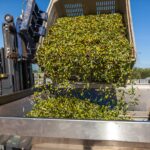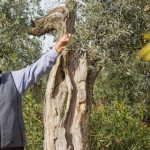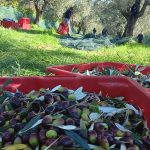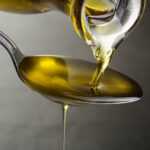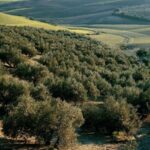In view of the imminent olive harvest, the issue of safety in the workplace is also back in the news. That olive growing, according to a document from the Inail of Campania, in fact it represents one of the sectors most at risk, because it can often be traced back to the activity of family-run businesses, if not even hobbyists, where "the perception of risk is poor and the training activity is taken for granted, while it is easy for bad practices to be the result of long-standing habits passed down for generations and therefore difficult to eradicate".
To do three concrete examples of accidents that can occur in the olive sector, here are some INFOR.MO. files, the consultation tool for fatal and serious injuries detected by the National Surveillance System.
Il the first case it concerns a terraced agricultural land intended for olive groves, with a steep slope. A worker is intent on the mechanized harvesting of the olives and is driving a tracked operating machine (originally intended for a loader shovel for construction use) connected to an olive shaker accessory. Suddenly he loses control of the vehicle which, after traveling backwards for about 30 metres, hits an olive tree stump and overturns. The driver is crushed between the driver's seat and the ground." Subsequent investigations revealed that "the employer had not made suitable work equipment available to the workers (tracked operating machine dating back to the 70s"). In particular, “the operating machine did not have an anti-rollover frame and driver's restraint belts. The assembled machine was not owned by the employer but by another employer and used as a test for the purchase".
The causal factors found in the card are: "tracked vehicle not suitable for the activity carried out"; "tracked vehicle not equipped with anti-rollover frame and driver restraint belts".
In second case the injured person is a pensioner who collects olives on his land.
The body of the injured person "was found at the foot of a straight wall of a higher ground (about 1,5 meters) where above there was an olive tree with the equipment positioned to collect the olives, including a sheet and ladder in aluminum. With respect to the dynamics, two hypotheses can be made: the injured person was above the olive tree and fell to the base of the straight wall, or the injured person was at the base of the olive tree and fell from the straight wall anyway. Death occurred from a skull fracture. The causal factor indicated in the form is the activity of the injured person who "he collected the olives standing in an elevated position, without using protective measures against falling from a height".
even the third case it's about a fall. While a worker is picking the olives, a branch of the tree he had climbed breaks, causing him to fall to the ground from a height of about three or four meters. The consequence is a fracture of the spine. The causal factor present in the card is the activity of the injured person who “climbs on a branch to collect the olives, instead of using suitable equipment”.
To collect indications and suggestions for prevention, we refer to the Inail document in question which focuses on safety in the olive harvest, highlighting that the risks deriving from this work phase "they are largely characterized by the manual handling of loads, the use of ladders and the use of mechanical means, as well as the microclimate associated with the harvest season".
We take up some indications on the prevention, contained in the aforementioned document, of mechanical risks, also with reference to the use of the tractor and connected implements for harvesting:
• adequate protection of the motion transmission parts (cardan joint);
• check the integrity of the joint protections;
• avoid loose clothing when attaching and detaching the equipment;
• segregate all moving parts of the tractor and compressor;
• make sure that there are no other people within the range of action of the machine;
• place the tractor in conditions of good stability;
• make sure you have engaged the parking brake;
• maintain adequate distances from edges and slopes;
• take rest breaks;
• position the tractor as far as possible from operators with olive harvesters (collection facilitator).
The document also examines some indications related to the risk of falling from a height ("good support of the ladder on the ground, preventive check of the conditions of the ladder, do not climb the tree in unsafe conditions, etc."). But in reality today everyone converges in giving only one indication in this regard: never use ladders and never climb the plant either for the olive harvest or for pruning. In fact, all the useful tools on the market are available to carry out these operations from the ground.
(processing of the text also drawing from www.puntosicuro.it)
